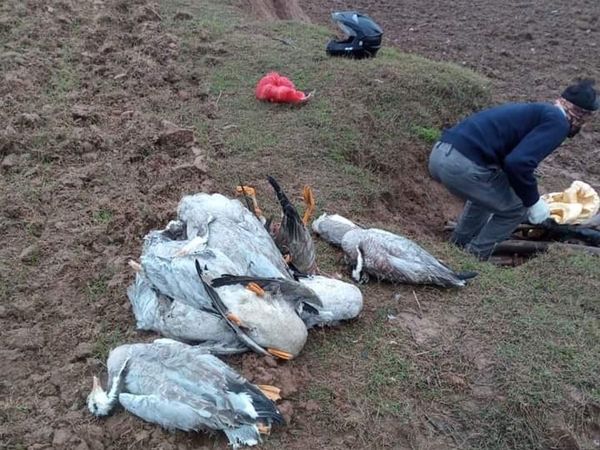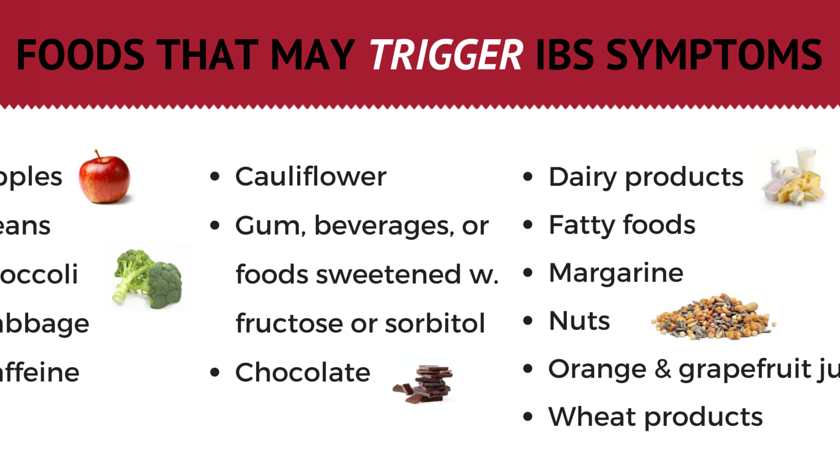After at least five states in India reported bird deaths due to bird flu in the past one week, the Centre has issued an advisory to all states asking them to test the droppings of migratory and poultry birds to prevent the spread. Close to 24,500 birds have died and thousands others are infected. Here’s an explainer on how serious is the 2021 bird flu threat.
What is avian influenza or bird flu?
Bird flu is a highly contagious viral disease caused by Influenza type A viruses which generally affects poultry birds such as chickens and turkeys. Birds are normally the carriers of the virus, which take it to long distances, thereby affecting large avian population across continents. There are many strains of the virus and most of them are mild and may merely cause a low egg production or other mild symptoms among chickens. However, some are severe and lethal that cause deaths of large number of birds.
How does the bird flu spread?
Wild aquatic birds such as ducks and geese are the natural reservoir of Influenza A viruses and the central players in the ecology of these viruses. Many birds carry the flu without developing sickness, and shed it in their droppings. Since birds excrete even while flying, they provide a nice aerosol of influenza virus, probable reason for crows getting the virus in India. Some other birds feed on the dropping catch the illness and also become carriers. Sometimes, which is rare, the virus jumps over to mammals such as pigs, horses, cats and dogs.
What strains have been found in India?
Bhopal-based National Institute of High Security Animal Disease (NIHSAD), the lab accredited to confirm bird flu, has detected two strains of influenza viruses so far. They are H5N8, a sub-type of avian influenza found in poultry and wild animals, has been found in crows in Rajasthan and Madhya Pradesh. The strain poses a low risk to people and is highly lethal to wild birds and poultry. The second strain found is H5N1 in ducks in Kerala and migratory birds in Himachal. It is highly infectious and causes severe respiratory disease in birds. Human cases of H5N1 are rate but if infected, the mortality rate is about 60% according to the World Health Organization.
Which Indian states have been affected?
The NIHSAD has so far identified 12 epicentres in Rajasthan (Baran, Kota, Jhalawar), Madhya Pradesh (Mandsaur, Indore, Malwa), Himachal Pradesh (Kangra) and Kerala (Kottayam, Alappuzha). In addition, bird flu deaths have also been reported from Haryana and Uttarakhand. Himachal’s Kangra district magistrate banned sale or culling of poultry in the alert zone and closed all poultry or fish selling shops. In Rajasthan, Section 144 was imposed in a 1km radius of infected areas in Jhalawar and Baran districts. In Kerala, Kottayam and Alappuzha districts close to 38,000 ducks have been culled.
Why does bird flu impact India?
According to Bombay Natural History Society (BNHS), India is the epicentre as flight paths of distant birds criss-cross the country’s skies and India is also a terminal destination for many such streams, making it a biological hot spot for bird disease. Nearly 370 species of birds, from the northern wheatear to yellow-rumped flycatcher – crisscross India from Europe, Russia and Mongolia each year, according to BNHS. This time, the disease has come from Siberia, Mangolia, China and some other Central Asian countries.
Which countries other than India are affected?
In the last few weeks, avian influenza has hit at least 10 European countries — Netherlands, Germany, France, Belgium, United Kingdom, Denmark, Sweden, Poland, Croatia, and Ukraine, according to the European Centre for Disease Prevention and Control (ECDC). Cases have also been reported in South Korea and Japan, where this has been the worst bird flu outbreak on record, having reached over 20 % of its 47 prefectures. To control avian influenza, France would cull around 600,000 poultry birds. In Germany, about 62,000 turkeys and ducks will be slaughtered after being hit by H5N8 bird flu. South Korea’s agriculture ministry in October had ordered temporary closure for poultry farms and related transport to contain a wider spread of bird flu. Japan’s government has also called for disinfections of poultry farms across the country after infections have been detected in six regional prefectures since November.
How does bird flu infect humans?
No human infection has been reported in India so far. As of December 17, 2020, a total of 239 cases of human infection with avian influenza A (H5N1) virus were reported from four countries — Cambodia, China, Vietnam and Lao PDR — since 2003. Of these cases, 134 were fatal. The last case was reported from Lao PDR on October 13, 2020 (one case, no death), according to WHO. The first case of humans having contracted bird flu came after an outbreak in a live bird market of Hong Kong in 1997. It was the H5N1 strain of the virus, and 6 out of 18 infected humans died of the disease. A few years later, the virus returned, killing many people in various other parts of the globe and caused hundreds of human deaths, particularly in south-east Asia. Generally, people coming in close contact with infected alive or dead birds have contracted the H5N1 bird flu, and it does not usually spread from person to person, according to WHO, which also said that there is no evidence that the disease can be spread to people through properly prepared and cooked poultry food.
What are the economic implications of bird flu?
The Central government records show nearly Rs 400 crore have been paid to poultry farmers till 2016 as compensation for mass killing of birds. Across the globe, the loss estimated globally was US$200 billion in 2016. In its recent report, WHO said that bird flu hampers the poultry industry in a big way.






